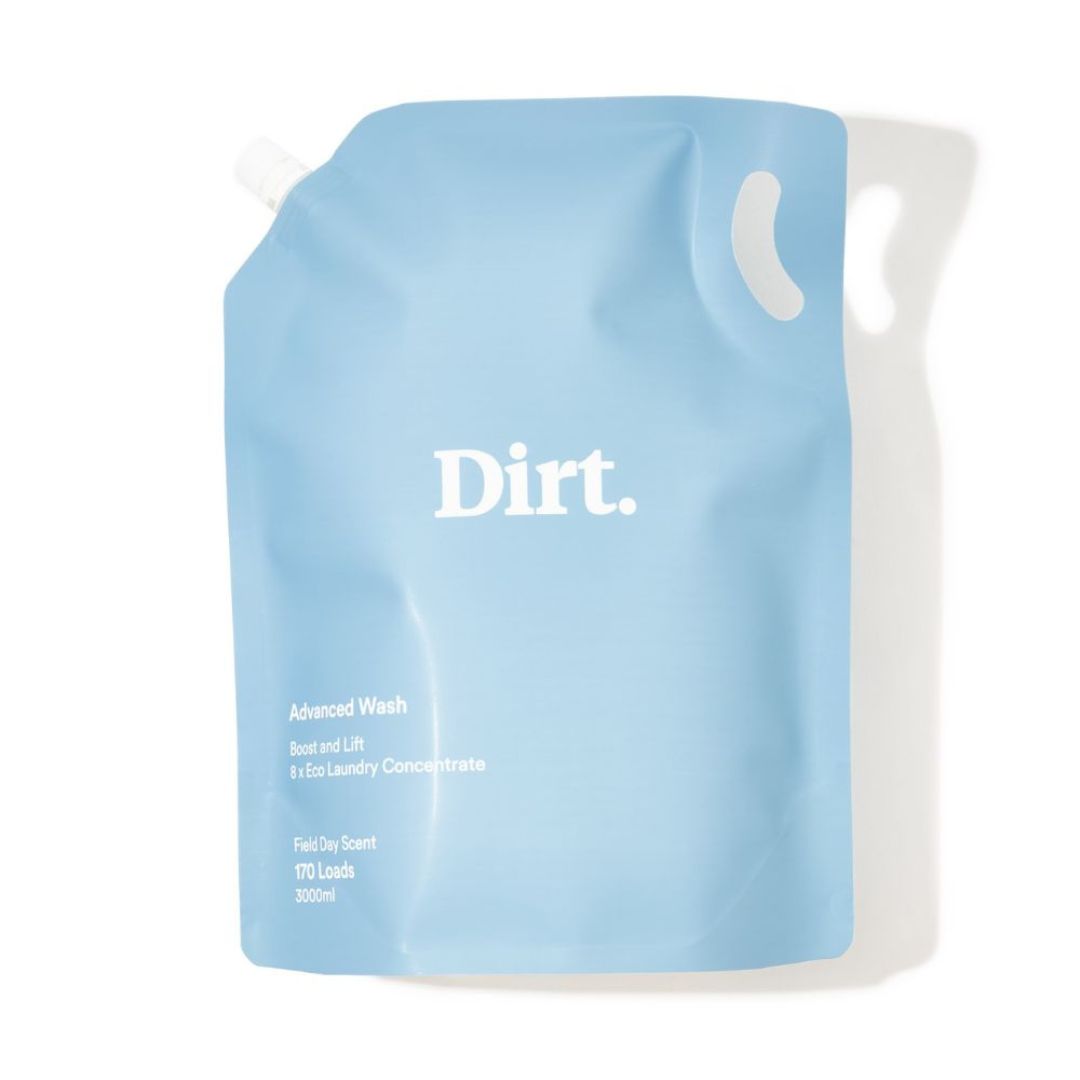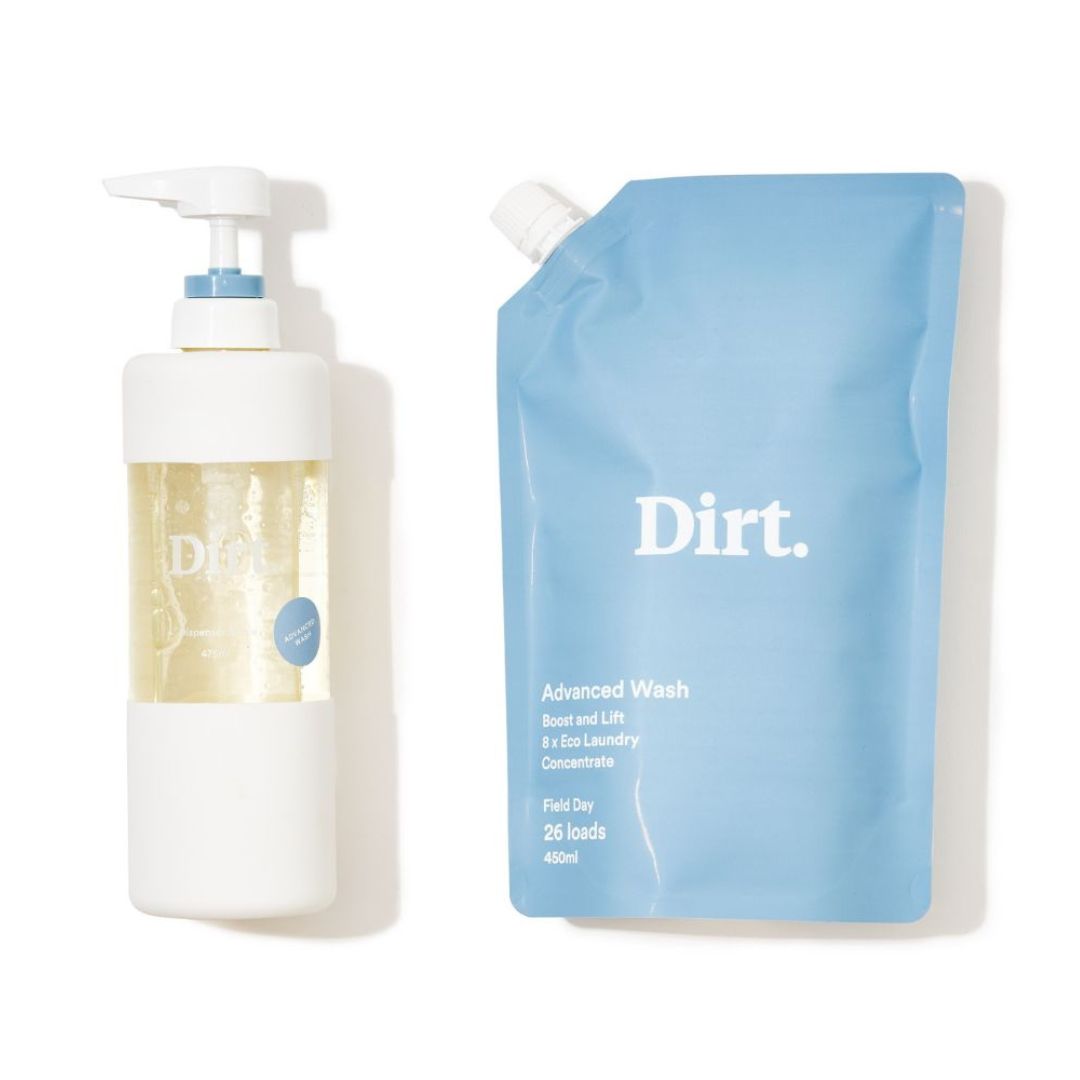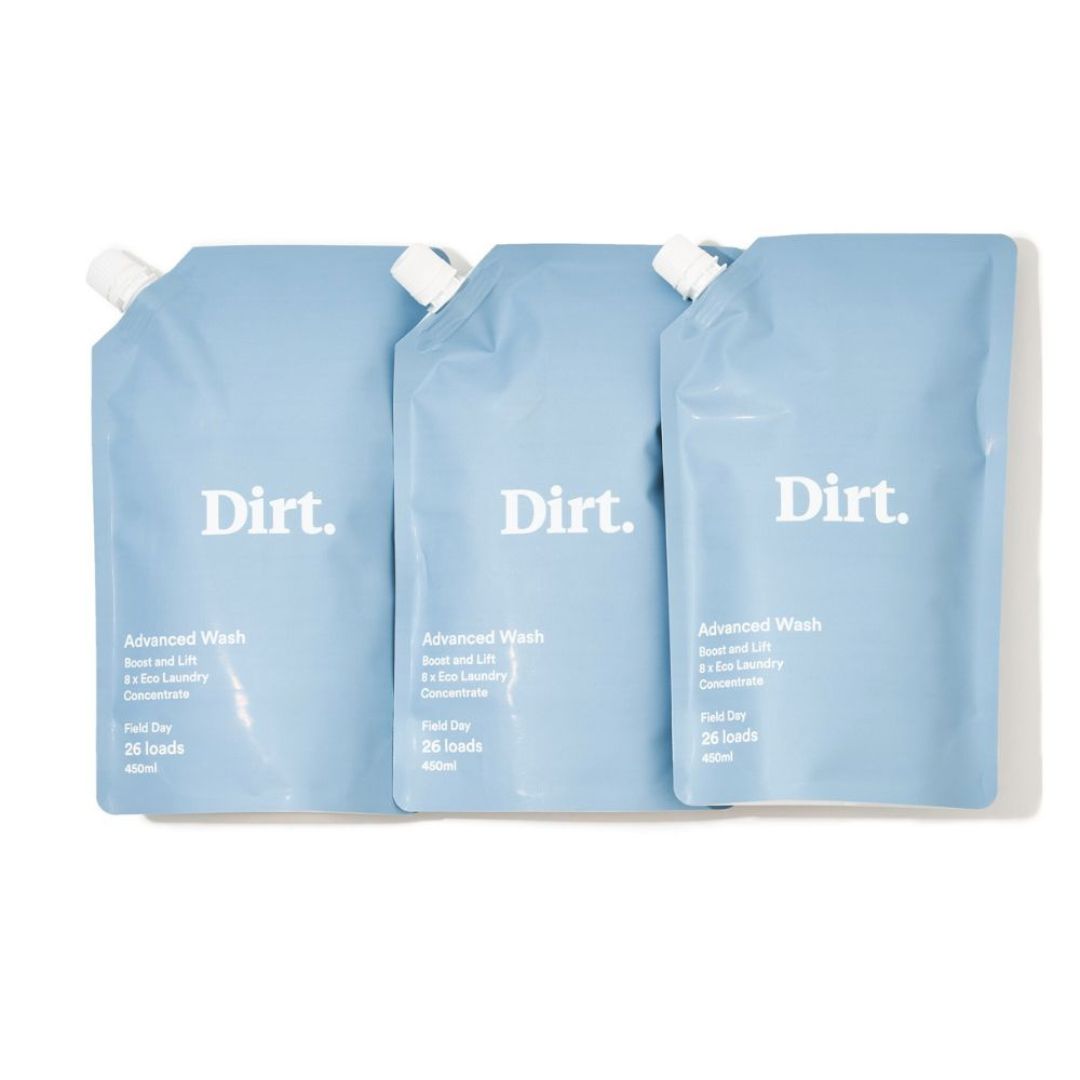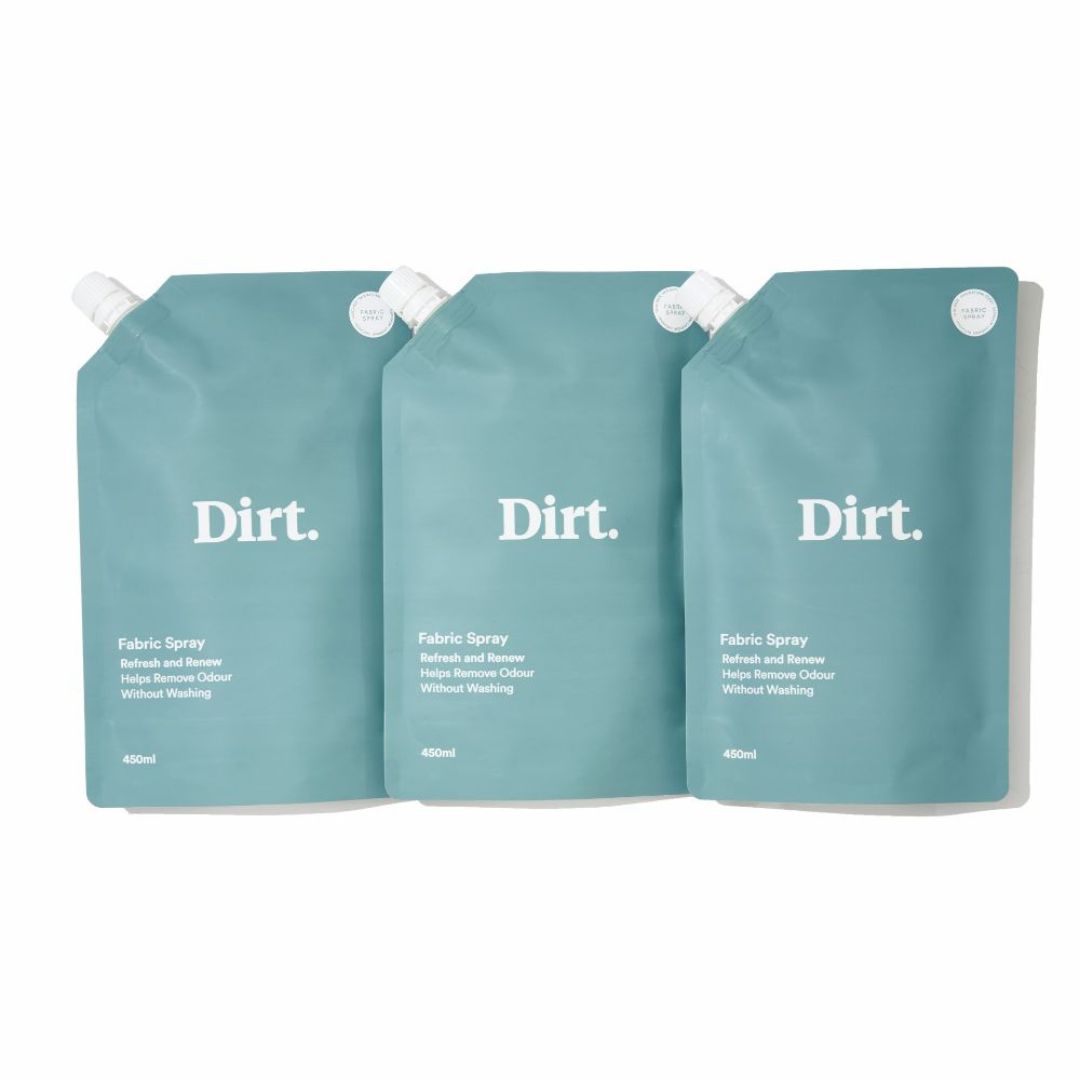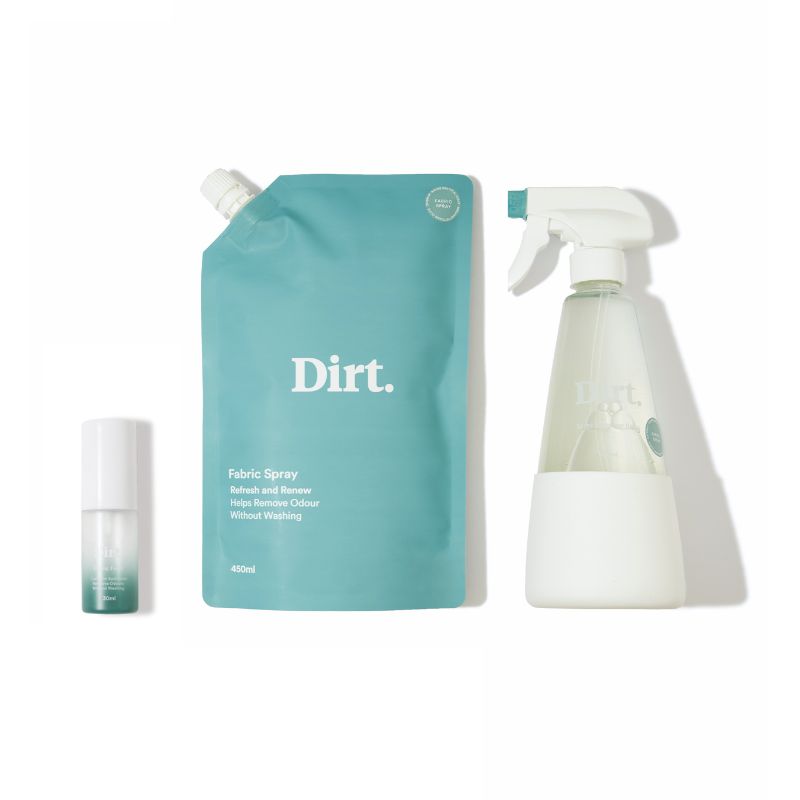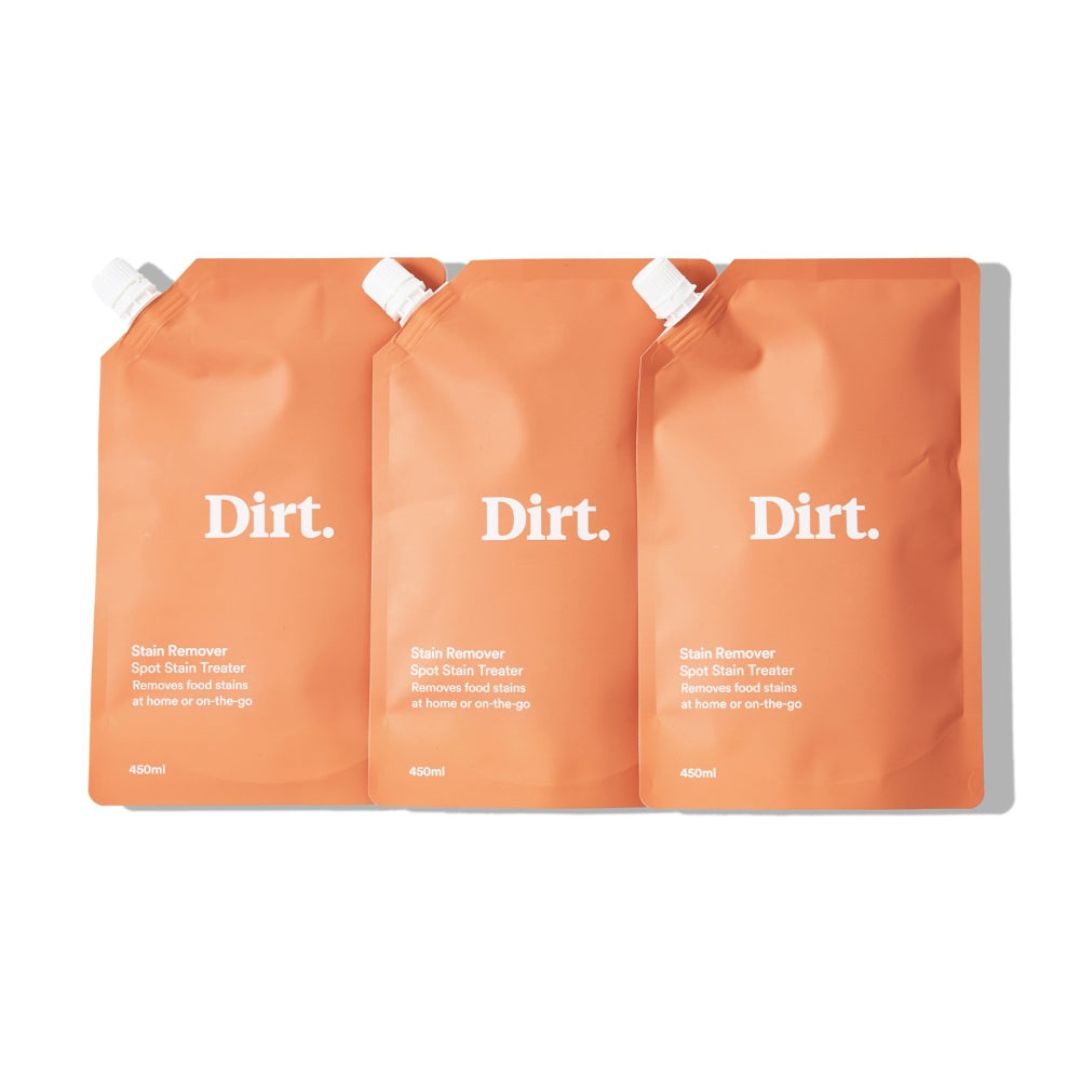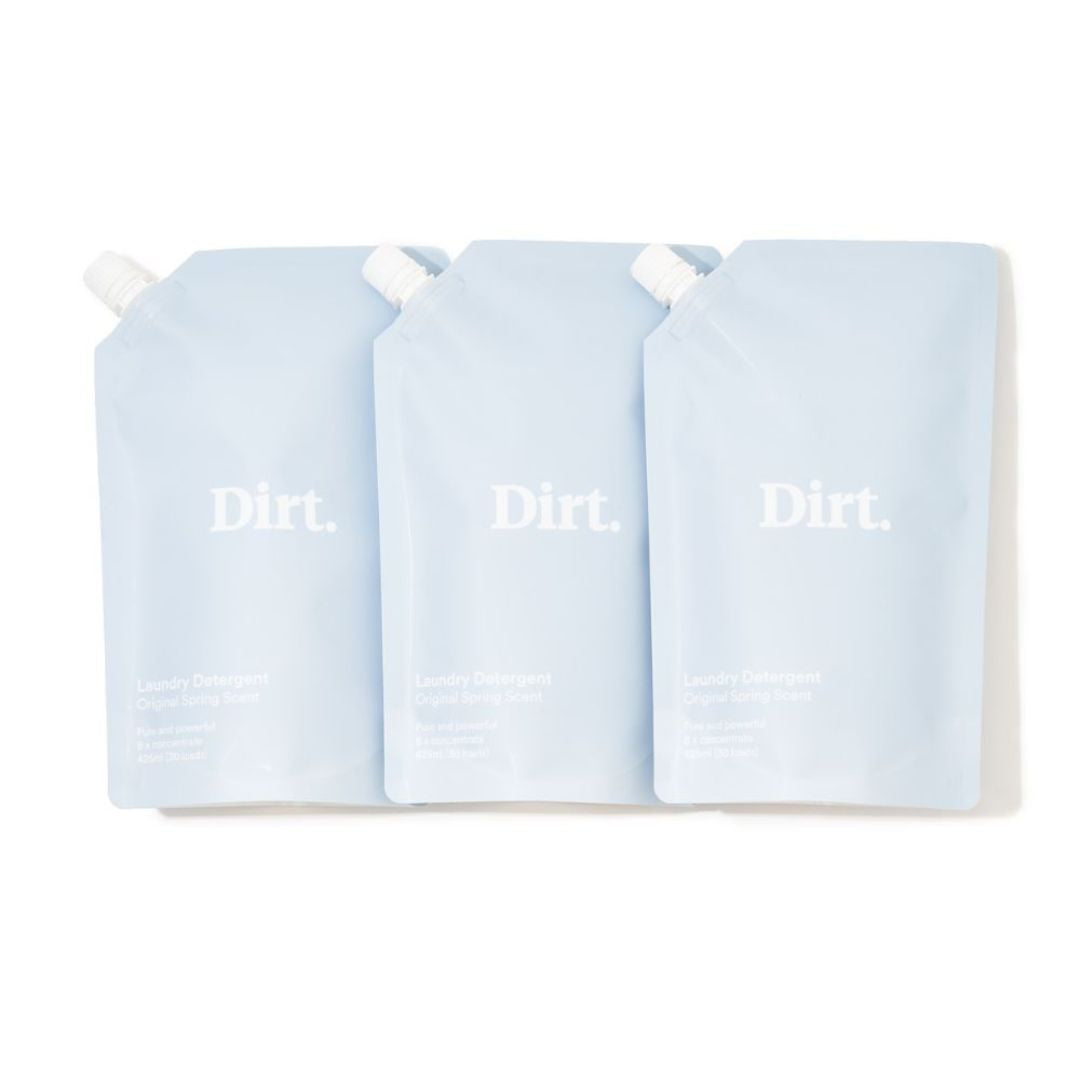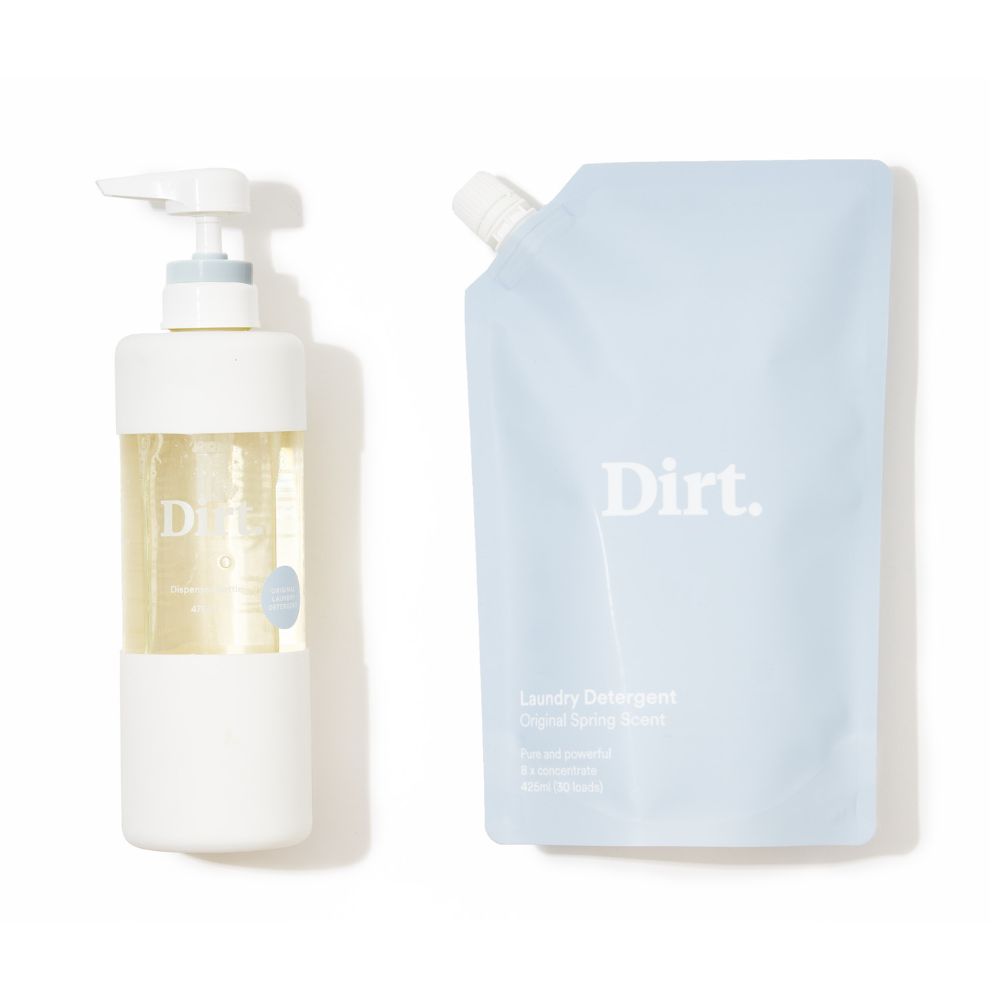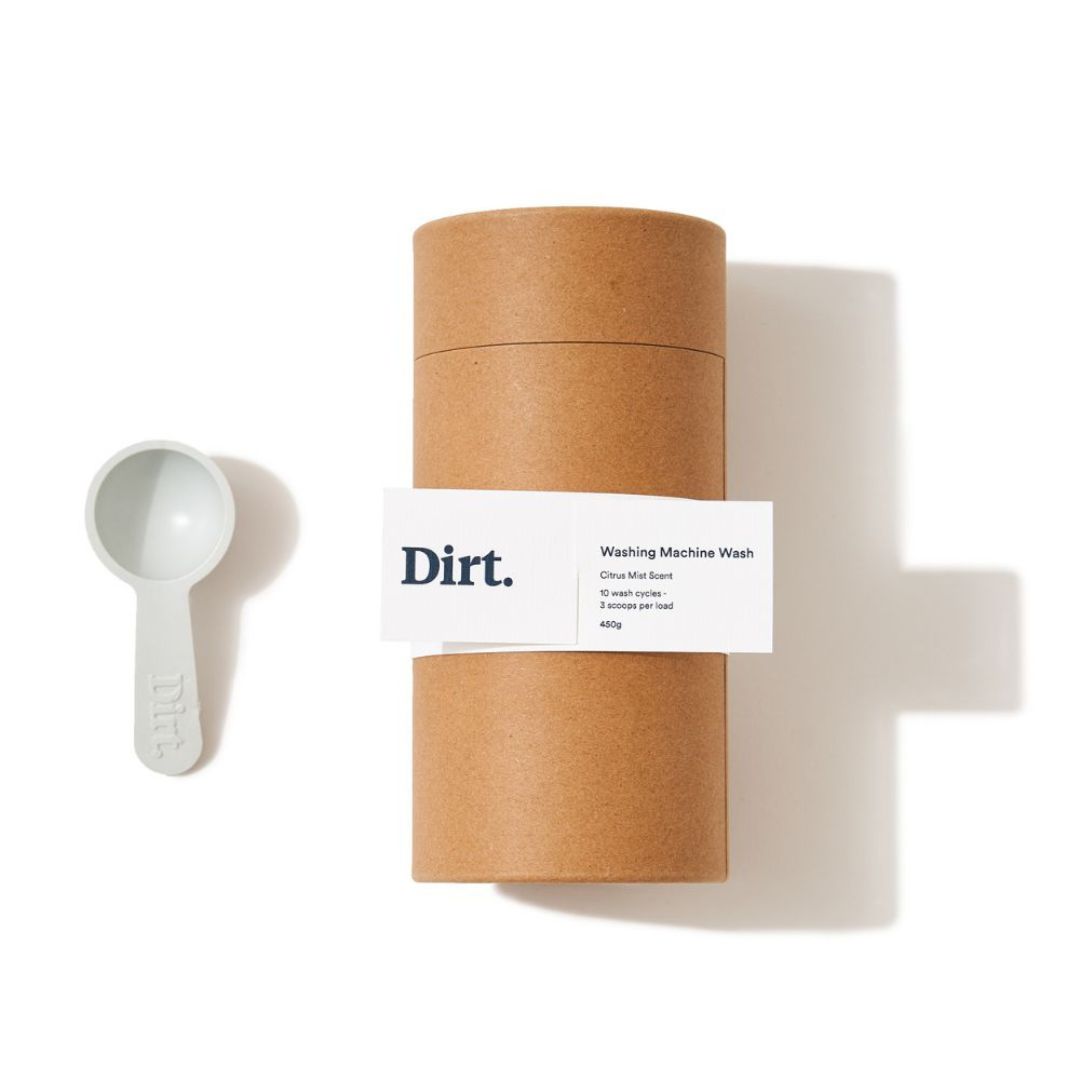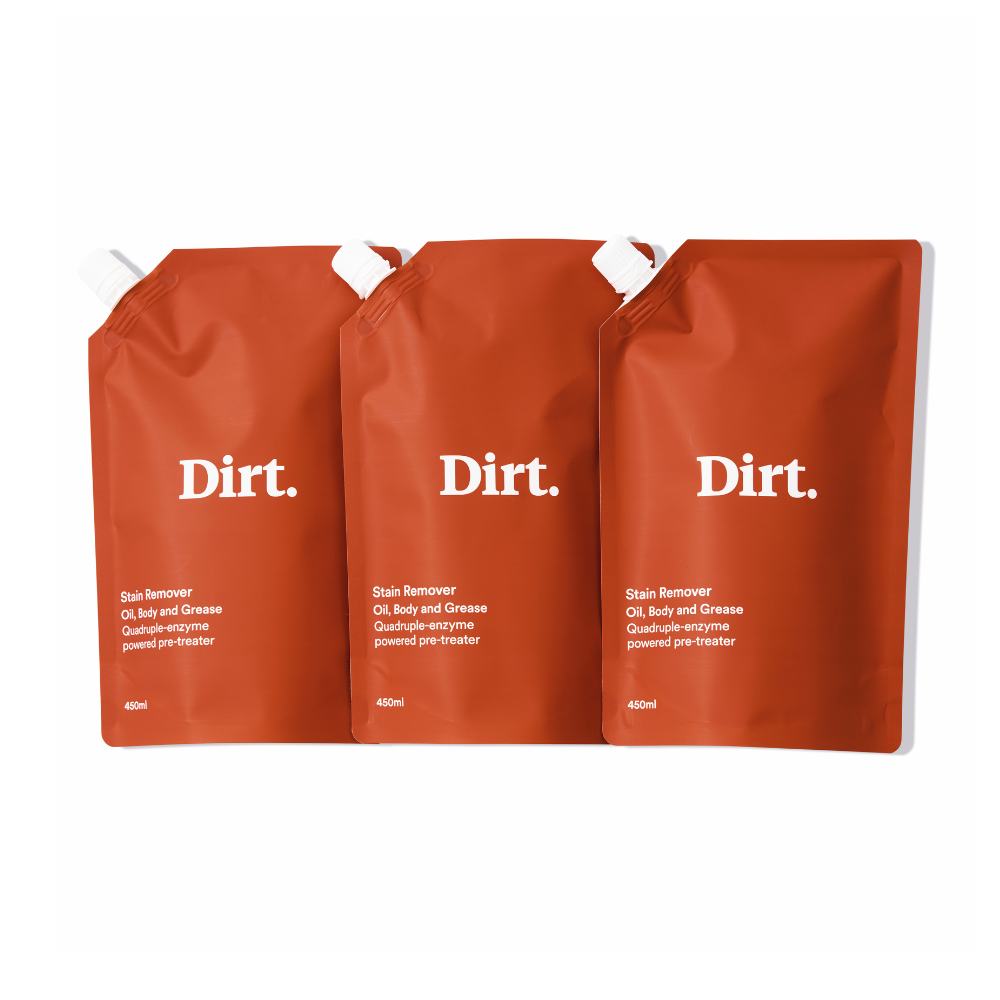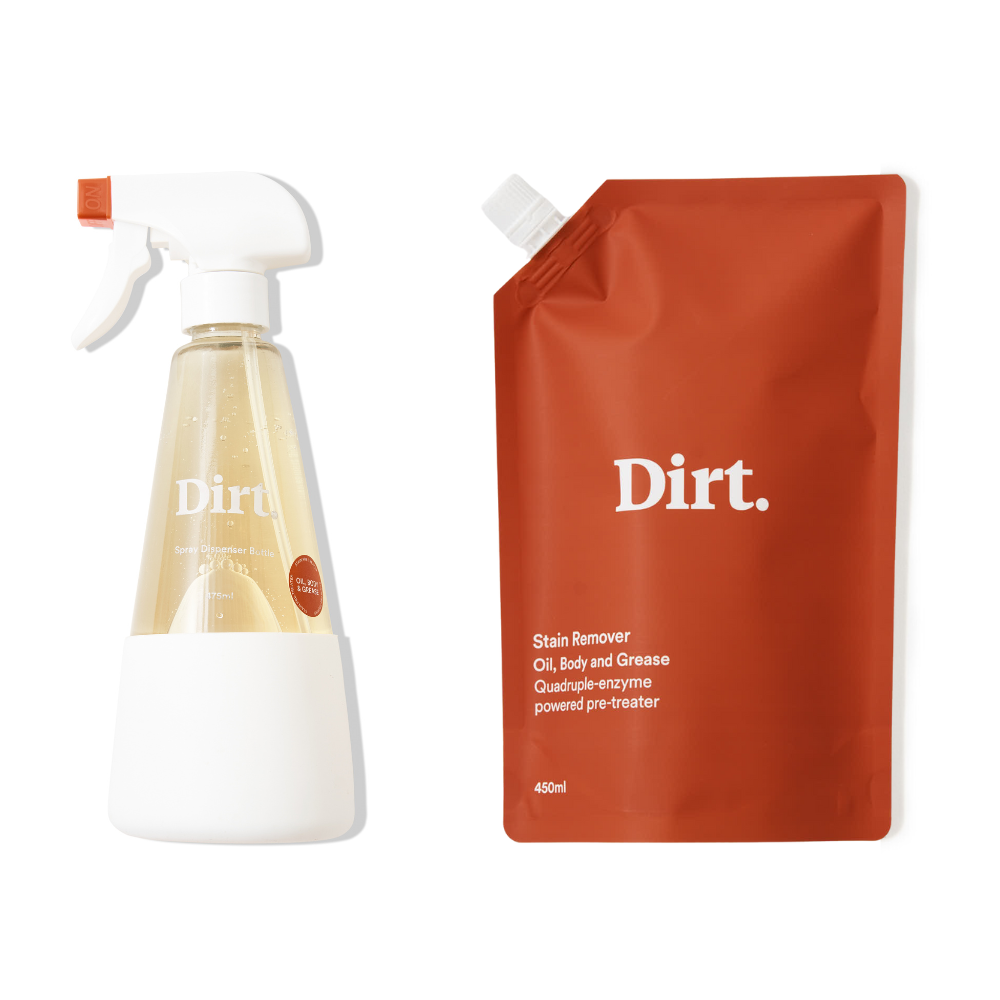With the cost of living in Australia on the rise, the financial pressure on families and individuals has forced us to become more savvy with our spending practices, especially when it comes to groceries. In Australia, food waste costs households $2000 - $2500 per year (FIAL, 2021: National Food Waste Strategy Feasibility Study) – that’s money in your pocket and food on your plate that’s gone to waste.
Now, there are many penny-pinching tips and tricks out there, but one method that’s stood out to us is the B.O.R.E.S way. And no, it’s not boring! The five steps below are simple and straightforward, which means you can start saving straight away.
B = Budget
O = Organised
R = Reuse
E = Eliminating waste
S = Simplify
1. Budget
Creating a budget is essential to keep your spending in check and to ensure you don’t overspend. Rather than thinking about the cost of each item, think about the per meal or per head weekly spend (it's the same principle of cost per load in the laundry aisle). This will allow you to do things like buy in bulk and get creative about how many different ways you can use the same thing. you’ll be amazed at how creative you can get in the kitchen with less, for less.
Here is the average grocery bills in Australia, by state.

2. Organise
When it comes to organising, take a look at your pantry and fridge, see what’s expired and what’s about to be, and remove. This will give you a clearer picture of what you need and don’t need to buy in your next grocery shop.
3. Reuse
We love this one. It’s about repurposing the food that you already have. Whether you’re turning stale bread into croutons, making a heartwarming soup with your older veggies or using halved lemons to clean your stovetop – think outside the square and give your food a second and useful life. If you need some inspiration, just Google it!
4. Eliminating waste
A low-waste kitchen starts with the mindset of reduction (this includes packaging). That is, reducing the amount of waste we throw away (or completely eliminating it) because each time we toss out food, we’re tossing out our hard-earned dough. Meal prepping is a great idea, not only does it save time in your busy schedule, it also saves you money as you’re using up what you have. Plus, when the cravings hit, at least you know you have something ready in the fridge.
5. Simplify
Saving money doesn’t have to be complicated. These five easy steps are a great guide to get started and can be applied outside of the kitchen. Once you start your journey, it’ll be hard to stop – like they say, less is more!
What do you think of the B.O.R.E.S method? If you need some more inspiration to live a more positive and impactful life, read our favourite books to inspire change here.


